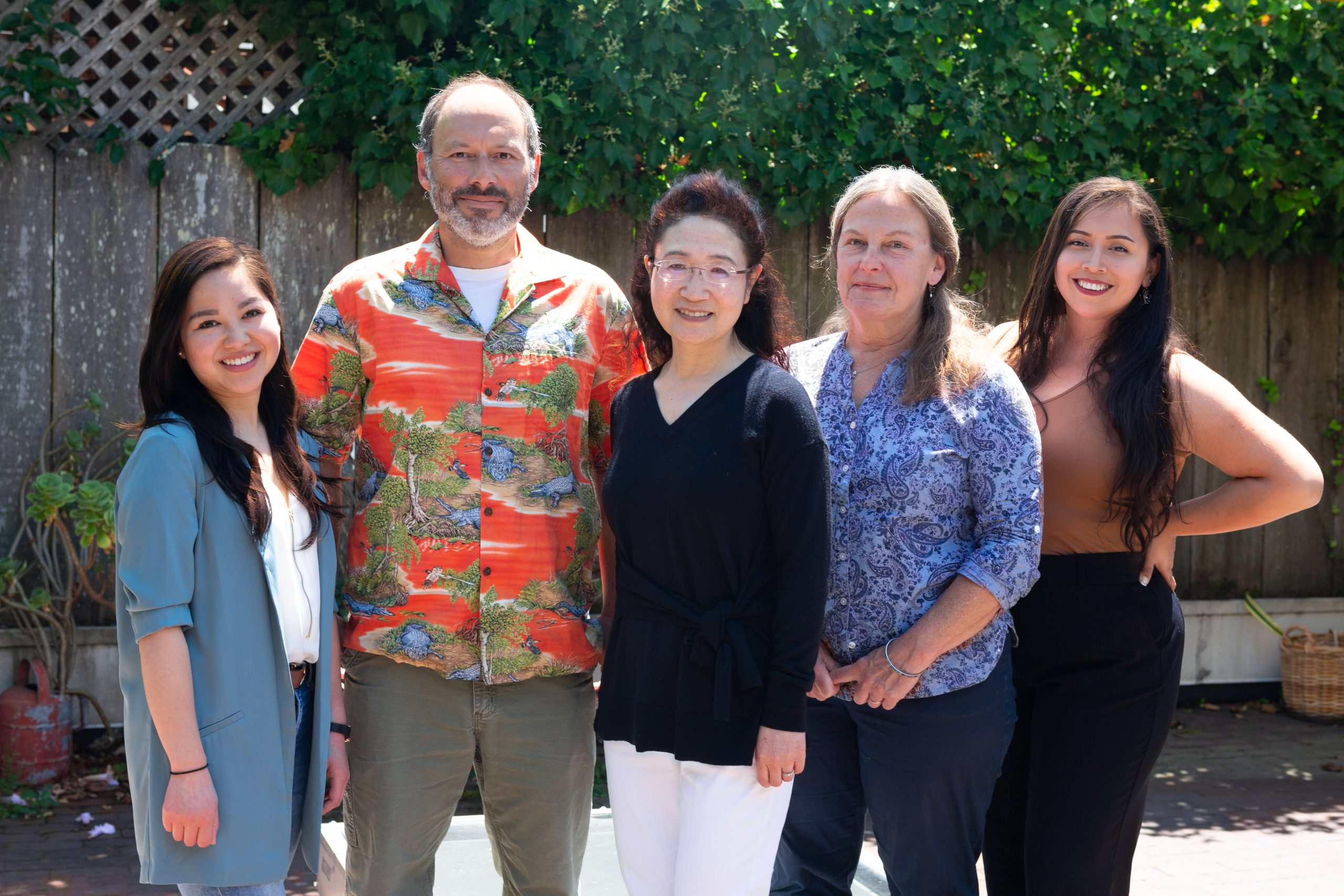The research in my lab focuses on the sensory processing in binocular vision and its disruption by amblyopia and strabismus….

Principal Investigator:
Chuan HouGrant Number: R01EY035346
Grant Period: 2023 to 2027
Source: NIH/NEI
Abstract:
Long-term and chronic visual suppression to the visual input from the non-preferred eye is a key factor in developing amblyopia, or “lazy eye” as well as a critical barrier to treat amblyopia. Amblyopia is commonly caused by misalignment of the eyes (strabismus), chronic optical blur in one eye due to unequal refractive errors in two eyes (ansiometropia), or a mixture of strabismus and anisometropia during early childhood, affecting about 3% to 5% of the population worldwide. Our long-term goal is to understand how and where suppression occurs in the brain. We propose that selective visual attention plays a role in visual suppression. Our hypothesis in the current proposal is that selective visual attention biases competition between eyes and modulates interocular suppression by selectively facilitating responses from the preferred eye and suppressing responses from the non-preferred eye along the visual cortical hierarchy. To test our hypothesis, we will use psychophysics to measure whether valid cueing of the stimulus in the amblyopic eye reduces suppression under dichoptic viewing in adults with amblyopia, compared with invalid/neutral cueing (Aim 1). In Aim 2, we will use frequency-tagged EEG source imaging along with behavioral measures of perceptual eye dominance during binocular rivalry to compare the effects of selective attention and increased contrast to the amblyopic eye on perception and neural responses. We will simultaneously measure and compare the neural activities along the cortical hierarchy of both eyes under the states of visual perceptual dominance and suppression in adults with amblyopia and normal vision. These measures will help determine: 1) how and where the brain suppresses visually conflicting images in amblyopia; 2) how an increase in bottom-up visual salience by increasing the contrast input to the amblyopic eye changes the neural representation of the amblyopic eye signal and 3) whether paying attention to the amblyopic eye has a similar effect on neural activity as increasing contrast to the amblyopic eye. In Aim 3, we will use frequency-tagged EEG source imaging coupled with visual psychophysics to measure cortical activity and behavioral performance during a multiple-object tracking task with moving targets presented to one eye and moving distractors presented to the other eye. This aim will comprehensively characterize: 1) whether visual attention modulates interocular suppression by selectively facilitating neural responses from the preferred eye and suppressing responses from the non-preferred eye along the visual cortical hierarchy (Aim 3a); 2) whether there are differences in attentional modulation between normal and amblyopic vision, in terms of temporal dynamics (Aim 3b) and attentional resource availability determined by the number of targets to be tracked (Aim 3c). The proposed studies will systematically investigate visual perception and neural correlates underlying interocular suppression to provide an integrated picture of visual suppression in amblyopia at physiological levels along the cortical hierarchy as well as perceptual levels. Knowledge gained from our planned studies would help us better understand how and where amblyopic suppression occurs and in turn, will help identify therapeutic strategies for amblyopia.
Health Relevance:
Amblyopia (‘lazy eye”) is the leading cause of monocular vision loss in children worldwide and affects 3-5% of the population. With current patching treatment, the success rate is about 60-80% with 20-25% recurrence following the treatment, leaving about one third of affected children with amblyopia that persists into adulthood. Visual suppression plays a critical role in developing amblyopia , failure of treatment, and regress follwing treatment. This project aims to comprehensively investigate the neural basis of how and where amblyopic suppression occurs in the brain. Understanding the neural mechanisms underlying visual suppression can significantly help prevent and treat amblyopia.
